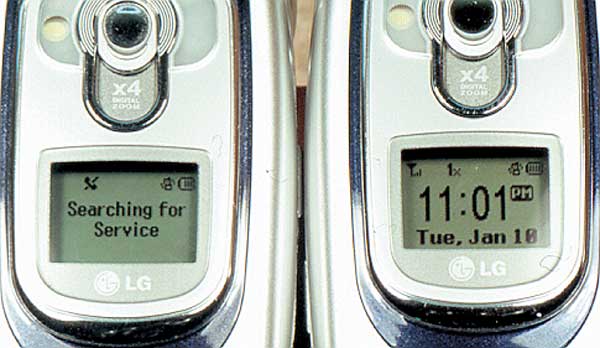
Leaving stress and aggravation at home is standard practice for many of us when we head outdoors, and the last thing we want to hear is a ringing telephone.
On the other side of that coin, cell phones sometimes enable us to get outdoors when we have to stay in touch with home or work, and they are a top method for getting help in an emergency.
In the years before cell phones, radios often provided emergency communications. During the gas shortages of the ’70s and ’80s, a CB radio in a boat could reach motorists on a nearby road from most lakes. Some marinas monitored a particular CB or VHF channel to stay in contact with their guides and listen for emergency calls.
Now, unless you fish or hunt where the U.S. Coast Guard monitors VHF, a two-way radio may be nothing more than an expensive weather radio. Cell phones have replaced radios on most inland waters, and they are often your only option.
Unfortunately, though, unless you are fishing near a large population center or a rural cell tower, a cell phone may not work.
But you can boost your cell phone’s power by about a factor of 10 with a special amplifier and external antenna. A local radio-shop technician told me that a standard cell phone establishes a connection with a cell tower using about 0.3 watts of power. An amplifier boosts the phone’s power to a maximum of 3.0 watts, and when combined with an external antenna, it gives your phone extra range and eliminates most of the dropped calls and garbled conversations common in fringe areas.
I contacted Digital Antenna, Inc., makers of a wide range of communication equipment, to put together a system to test. Your local radio shop probably offers a similar setup. Adapter cables are available to fit practically any phone, and both permanent- and magnet-mount antennas are available.
I went with a 4-foot, dual-band marine antenna from Digital for my boat and a generic magnetic antenna from the local radio shop for our vehicles. The radio shop had all the adapter cables I needed to make Digital’s PowerMax dual band amplifier work in my boat, car and truck.
I tested two identical phones, one with and one without the amplifier in a remote area. I left both phones turned on for about two hours as I kept track of the signal strength indicated on each phone. The phone without the amp showed one bar of analog signal strength for a total of slightly less than 10 minutes during the two hours. The rest of the time it showed no service. Having one or two bars of signal strength means I either can’t make a call or I can expect it to be dropped.
Conversely, the amplified phone showed its maximum five-bar signal strength reading and digital instead of analog service for the entire two hours.
I also tested the amplifier and a short magnet-mount antenna in my truck on the road. Digital Antenna’s literature claims that the amp increases cell coverage up to 50-plus miles, and I believe it. I was able to make clear calls from areas where the phone just searched for service without the amplifier.
You can still find places where even amplified service won’t work, but the antenna and amplifier remarkably increased my phone’s range and the clarity of its reception at longer ranges.
The suggested list price for the system I tested is about $585, including a stainless-steel marine antenna mount. For more information, contact Digital Antenna at 954-747-7022 or visit www.digitalantenna.com.



Be the first to comment